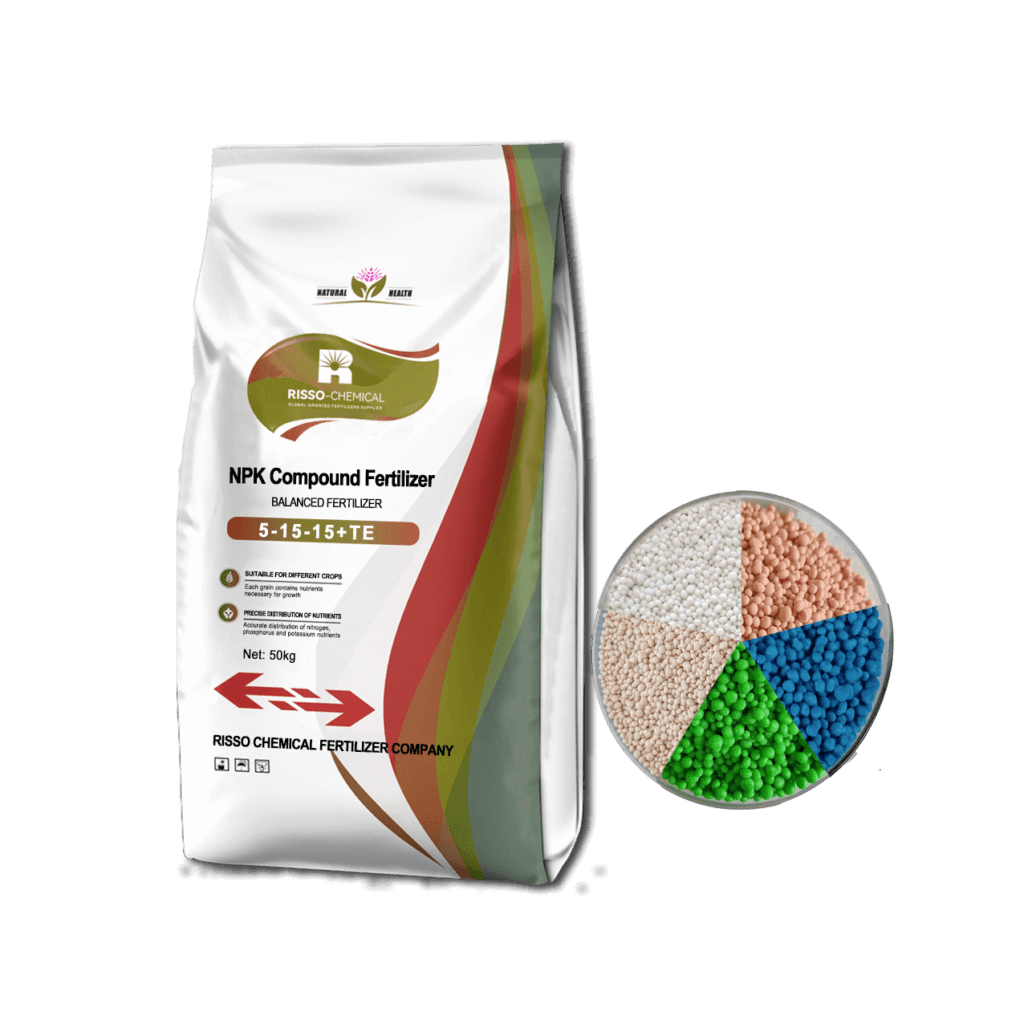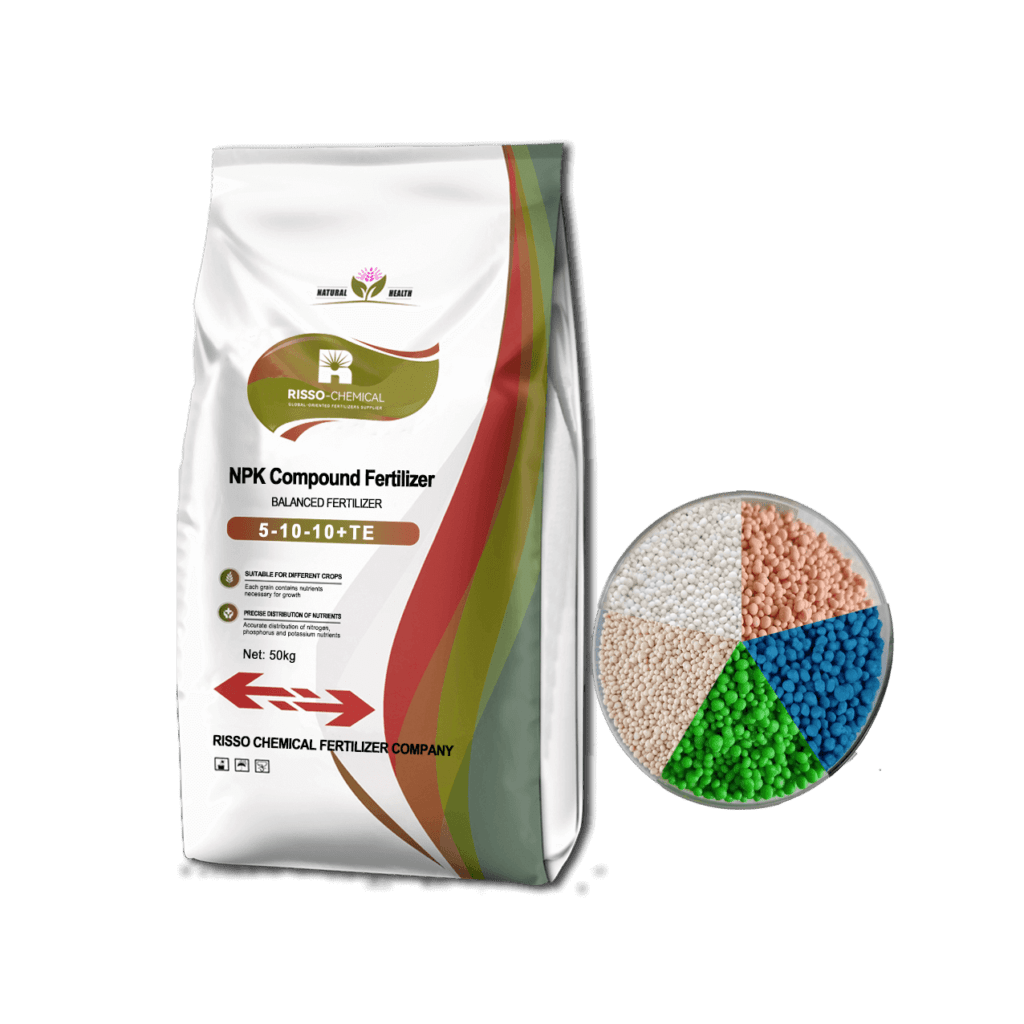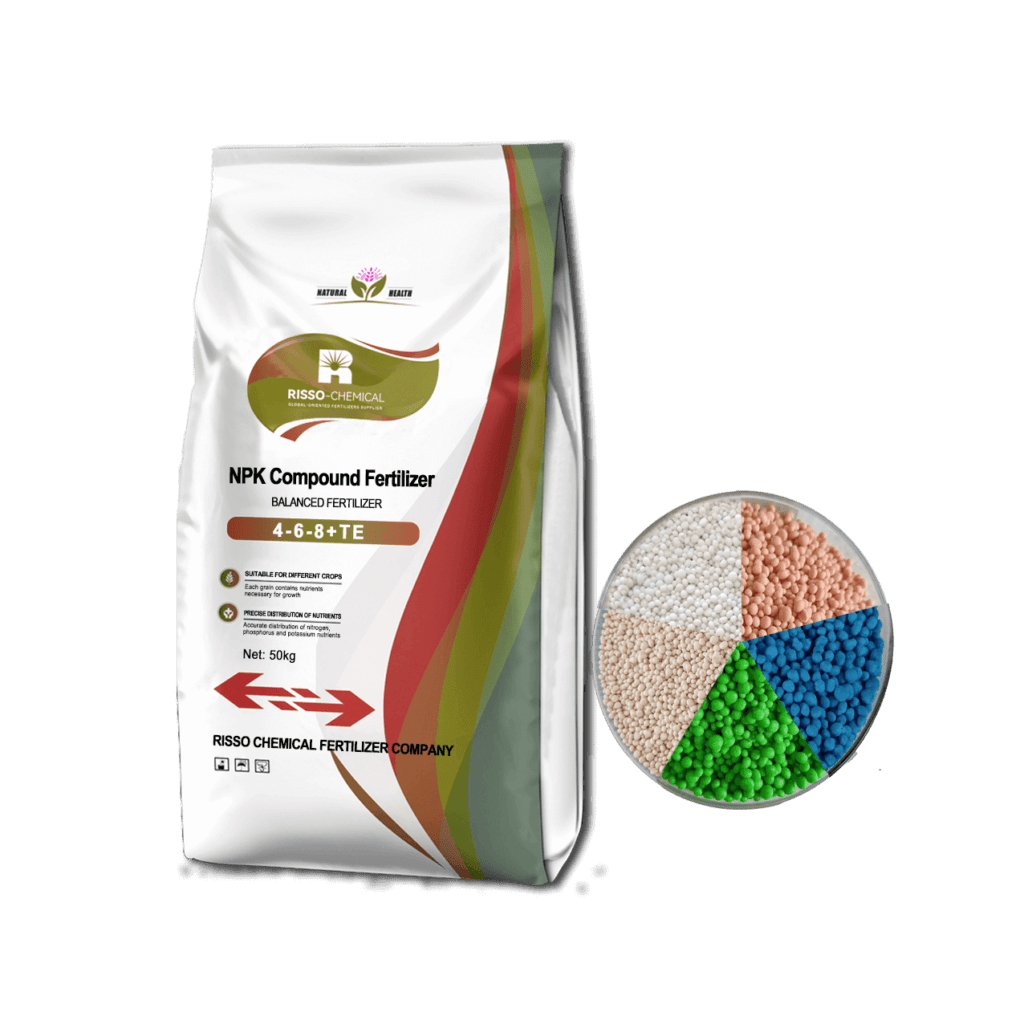Let more growers get greater benefits
What NPK Ratio is Best for Tomatoes
- Industry News
- July 10, 2016
- 3:21 pm
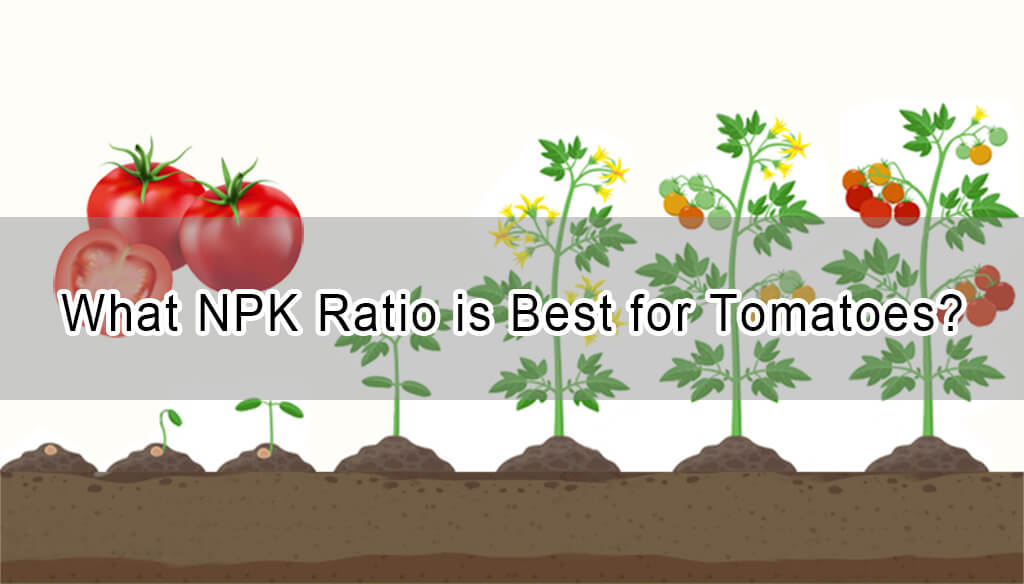

Tomatoes are one of the most popular crops grown in home gardens and on farms. To achieve a bountiful harvest, understanding the right fertilizer to use is essential. The key to growing healthy tomatoes lies in using the proper balance of nutrients, especially nitrogen (N), phosphorus (P), and potassium (K), known as NPK. In this blog, we’ll explore the best NPK ratios for tomatoes and why they’re important for the plant’s development.
List of Contents
- Before Planting:
- During Growth:
- Fruiting Stage:
Understanding Tomato Nutrient Needs
Tomatoes require balanced nutrition throughout their growth stages, from germination to fruiting. Each stage demands different levels of nutrients:
- Nitrogen (N): Promotes leafy growth and stem development.
- Phosphorus (P): Essential for root development, flower formation, and fruit set.
- Potassium (K): Enhances overall plant health, improves fruit quality, and increases disease resistance.
Different stages of tomato growth will benefit from varying amounts of these nutrients.
Best NPK Ratio for Tomatoes
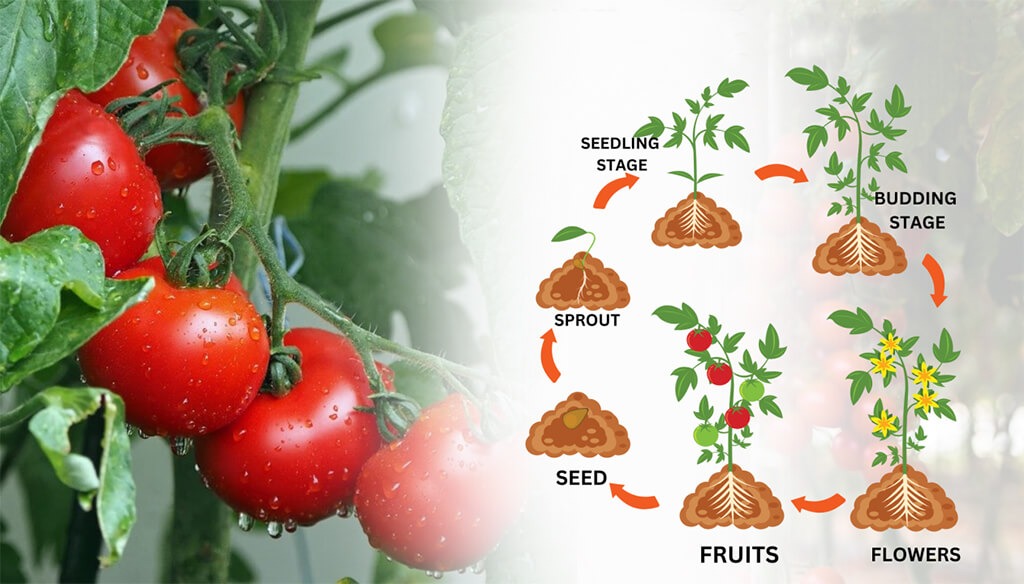

- NPK 5-10-10 or 4-6-8 (Low Nitrogen, Higher Phosphorus and Potassium)
Best For: Flowering and Fruit Set
During the flowering and fruiting stages, a lower nitrogen fertilizer with higher phosphorus and potassium (such as NPK 5-10-10 or 4-6-8) works best. This ratio encourages flower formation and helps in the healthy development of fruits. Phosphorus is critical for root growth and the fruiting process, while potassium boosts fruit quality and resilience. - NPK 10-10-10 (Balanced Formula)
Best For: All Growth Stages
A balanced fertilizer such as NPK 10-10-10 is versatile and can be applied throughout the tomato plant’s life cycle. It provides an equal amount of nitrogen, phosphorus, and potassium, promoting healthy growth without overloading the plant with nitrogen. - NPK 5-15-15 or 10-26-26 (High Phosphorus and Potassium)
Best For: Fruiting and Late Growth Stages
High phosphorus and potassium fertilizers like NPK 5-15-15 or 10-26-26 are ideal when the tomato plant has fully developed leaves and stems and begins producing flowers and fruit. These ratios ensure strong root systems, support fruit production, and enhance fruit quality.
When and How to Apply NPK Fertilizer for Tomatoes


- Before Planting: Incorporate a balanced NPK fertilizer, such as 10-10-10, into the soil to give your seedlings the nutrients they need for strong root growth. Apply around 1-2 pounds per 100 square feet of soil.
- During Growth: As the tomato plants start to mature, switch to a fertilizer with lower nitrogen and higher phosphorus and potassium, such as NPK 5-10-10 or 4-6-8. This promotes flowering and fruiting without causing excessive leafy growth.
- Fruiting Stage: Once fruit production begins, you can apply a high-phosphorus, high-potassium fertilizer like 10-26-26 to enhance fruit size and flavor. Fertilizing every 4-6 weeks will keep your tomatoes healthy and productive throughout the growing season.
Tips for Applying NPK Fertilizer
- Soil Testing: Conduct a soil test before planting to determine if any additional nutrients are required. This helps you apply the right fertilizer for your soil type.
- Watering: Always water the soil after applying granular fertilizer to prevent burning and to help the nutrients penetrate the root zone.
- Avoid Over-Fertilizing: Too much nitrogen can result in lush foliage but few tomatoes. Stick to recommended amounts to prevent nutrient imbalances.
Organic Alternatives to NPK Fertilizers
- Bone meal is high in phosphorus, promoting healthy roots and fruits.
- Compost can provide a slow release of balanced nutrients over time.
- Fish emulsion is a natural source of nitrogen, which can boost vegetative growth early in the plant’s life cycle.
Conclusion
Choosing the right NPK fertilizer for tomatoes is crucial to growing strong, healthy plants that produce delicious fruits. For general growth, a balanced NPK ratio such as 10-10-10 is ideal. As the plants mature and start producing fruit, shifting to a lower-nitrogen, higher-phosphorus, and potassium formula like 5-10-10 will help boost flower and fruit production. Whether you prefer synthetic or organic fertilizers, applying the correct NPK ratio at the right growth stage will lead to a successful tomato harvest.
Fertilizer Related Products
If you want to know other questions about Tomato fertilizer or NPK fertilizers , please contact us and we will provide professional answers.
- Article
What will you get when touch?
✔ Quick & helpful reply within 6 hours.
✔ Tailored solutions for your project.
✔ One-stop product, tech, market
TRENDING
TAIAN RISSO CHEMICAL FERTILIZER CO.,LTD
- Address: High-tech Development Zone, Taian City, Shandong Province
© Copyright 2017 RISSO CHEMICAL. All Rights Reserved.



